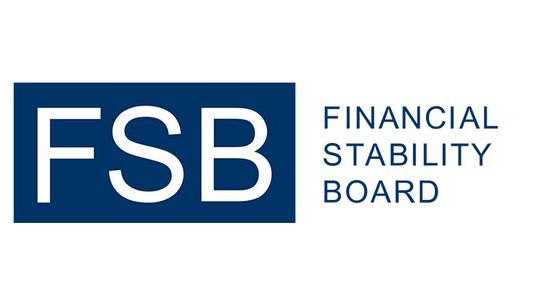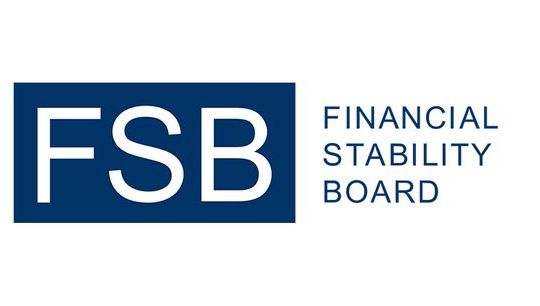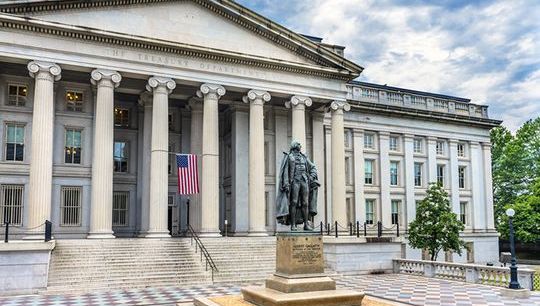AIMA/CAIA: Made to Measure - Understanding the use of leverage in alternative investment funds
By AIMA & CAIA Association
Published: 25 October 2018

The following is an online summary of this particular AIMA paper
Foreword
Welcome to ‘Made to Measure’, the third paper in a series by AIMA and the CAIA Association for retirement fund trustees and other fiduciaries.
In the first paper in the series, ‘The Way Ahead’[1] , we set out hedge funds’ core value proposition and discussed some of the issues that institutional investors should consider when selecting a fund manager and conducting due diligence, such as redemption restrictions, reputational risk and fees.
In ‘Portfolio Transformers’[2] , we considered the risk and return characteristics of different types of funds and showed how they tend to fall into one of two categories – as substitutes for traditional assets or as diversifiers.
In this, our third paper, we have put leverage under the spotlight. As the title of this paper alludes to, alternative investment fund managers are striving to customise risk/ return profiles for their investors, and like a tailor uses a pair of scissors, leverage is one of the tools that a fund managers uses.
For investors, understanding leverage and why it is used has become an essential part of their manager selection and due diligence. We recognise that some investors may be reluctant to allocate to managers that use leverage. But such fears can sometimes be misguided.
Leverage and risk are not two sides of the same coin. Increasing the leverage ratio of a fund might add to the risk being taken on. But in certain circumstances − and however counterintuitive this may seem − it reduces the level of risk. As data in this paper shows, investor drawdowns (losses) do not necessarily increase when fund leverage ratios increase. The same goes for performance − returns do not necessarily improve just because leverage levels rise.
We hope you find the paper useful, and as always we welcome your feedback.

Jack Inglis |

William Kelly |
Executive Summary
- Contrary to popular opinion, the use of leverage is not just reserved for high finance but is ubiquitous and integral to simple everyday transactions like buying a house or a car.
- Leverage is simply a tool used – a means to an end, and just like any tool, if used carefully, it can allow for greater power and precision, but placed in the wrong hands, and if not managed properly, it can be dangerous.
- Leverage is an essential part of an investor’s toolbox used by asset managers and all types of investors to help enhance the return potential of their investments and improve on asset allocation decisions to benefit portfolio diversification.
- Incorporating leverage into an investor’s portfolio can help to minimise or control its risk.
- In much the same way as a buyer of a house, a stock investor or a financial institution would use leverage, hedge funds would also deploy leverage across the various instruments that they trade.
- Depending on market conditions at any particular time and on the type of hedge fund strategy being pursued, the amount of leverage that a hedge fund may use can vary. Most hedge funds use a modest amount of leverage with average levels of hedge funds utilising no more than two times its assets, typically less than the average levels of leverage used when financing a house through a home loan.
- Higher leverage levels do not always imply a higher risk, as it must be understood in the context of other features of an investment strategy, such as whether leverage is used to offset certain risks in a portfolio.
- No consensus has been reached as to what measure, if any, is the most appropriate to calculate leverage. Consequently, depending on what measure is used, the estimate of leverage being calculated can vary significantly.
- Understanding how underlying managers negotiate margin positions, put on repurchase agreements, creditor agreements, borrowing lines, haircuts, and the size of derivative strategies is of paramount importance to hedge fund investors, as it has a dramatic impact on the leverage of a hedge fund and the risks other than market risks in the portfolio.
Introduction
Archimedes recognised the power of leverage. The Greek mathematician described how a simple block-and-tackle pulley system could become a powerful instrument capable of moving great weights without the application of a great force.
“Give me a lever long enough and a fulcrum on which to place it, and I shall move the world”
Subsequently, to lever is a term that is commonly used to describe a mechanism capable of generating an amplification of power and performance.
The term leverage, when used in reference to hedge funds, sometimes denotes a negative reaction, driven by several high profile cases of unintended outcomes from using significant amounts of leverage without appropriate risk management frameworks. Such cases are, however, outliers in an industry that has successfully served its investors over several decades.
This paper will provide an overview of the basic uses of leverage emphasising its importance as a legitimate, if not an essential tool for asset managers and all types of investors to help achieve their return goals, improve asset allocation, as well as to offset, not add to risk. We explain how hedge funds obtain leverage and address any considerations that trustees might have. In addition, we examine the use of leverage across the wide variety of hedge fund strategies that investors can allocate to, and point out that as a measure, the average hedge fund deploys a lower leverage level than what most individuals would use when taking out a home loan.







